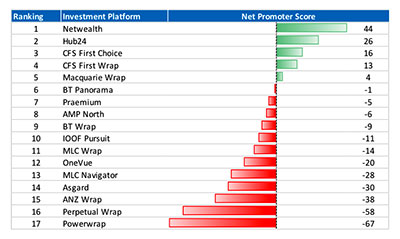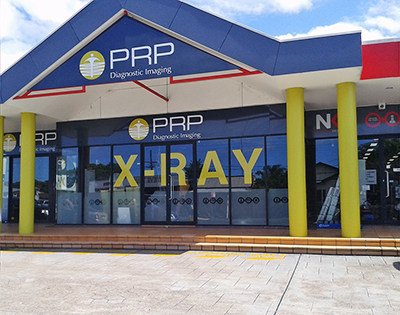Scottish Pacific keen on ASBFEO report boosting SME capital
SCOTTISH Pacific has welcomed ASBFEO’s Affordable Capital for SME Growth inquiry recommendations as a boost to flexibility for funding
Ombudsman Kate Carnell has released eight recommendations to increase the supply of capital and raise SME business owners’ awareness of alternative sources of finance outside traditional banking.
Scottish Pacific’s chief customer officer Ben Cutler highlighted ASBFEO’s plans to develop a financial products guide so that business owners know what funding options are available and best suited to them. 
“As the ASBFEO report indicates, and our own SME Growth Index research and 30 years’ experience of working with business owners shows, SMEs can become ‘rusted on’ to their banks. This means they might not be looking for, or be aware of, other credible funding options,” Mr Cutler said.
“ASBFEO’s report quotes ABS statistics that only 15 percent of all businesses apply for debt or equity finance, and 90 percent are approved – with the vast majority of SMEs not even applying for funding. They highlighted that banks say only one in 100 business owners over 30 years of age would consider changing banks.
“This finding is backed up by our SME Growth Index research, which shows that fewer than 5 percent of business owners actively keep an eye out for credit facilities that fit best with their business. Fifty percent don’t ever get around to reviewing their primary bank relationship and only 20 percent review this regularly,” he said.
Scottish Pacific consulted with ASBFEO for their Affordable Capital for SME Growth inquiry.
ASBFEO’s report claims business owners would benefit from a clear understanding of the different forms of capital, and that SMEs and their advisers need to determine how much capital they require and also what type of product best fits their needs.
The report referenced the current poor level of awareness by business owners about funding options, citing figures from a recent RBA roundtable: the total Australian market for debtor finance is about 4500 but nearly 65,000 SMEs could be utilising these products.
“Scottish Pacific has a 30-year history of funding thousands of business owners’ growth aspirations, with a style of funding that doesn’t put the family home at risk,” Mr Cutler said.
“So, it is frustrating to think that 65,000 businesses – more than 95 percent of the eligible market – could benefit from this style of finance, yet many are not aware of the option. Along with government and industry bodies, we’re trying to change this situation.
“It’s great for business owners to have wide funding choices and any effort the Ombudsman makes to put more options in front of SMEs, such as an SME Guide to Financial Products, is very welcome.”
The Ombudsman’s recommendations outline initiatives to increase the supply of capital and inform and prepare SMEs to seek capital, with a better understanding of all the funding options available.
“Recommendation Six is for business owners to work with their trusted advisers to get their enterprises finance-ready,” Mr Cutler said. “We work closely with key introducers, brokers and accountants, and we see there is a vital role for them to play in helping business owners source funding, and be funding-ready.”
The Affordable Capital for SME Growth report points out that the banks’ risk-weighted appetite, focused on real estate, limits the lending available to Australia’s SMEs.
It states that home ownership in the key entrepreneurial period of life (ages 25-34), is down by over 30 percent over the past 25 years, and with some forecasters expect housing markets to decline this could have a major impact on business owners’ ability to access funds.
“Ever since the Global Financial Crisis, banks have required enhanced levels of real estate security for SME loans,” Mr Cutler said.
“This has driven business owners’ interest in alternatives to the banks, including debtor (invoice) finance, fintech solutions and crowd-sourcing.
“Scottish Pacific is the independent market leader in providing funding options that don’t put SME owners’ family home on the line, instead it secures funding linked to the business’ accounts receivable so that the funding line grows in line with the business.”
Mr Cutler suggested business owners and their trusted advisers should talk to the different alternative lenders, as well as the banks, to find the right style of funding for their business.
“When you are talking to lenders, get a feel for who is here to stay with you in good times and in bad and who is able to make things work for your clients. It really pays to broaden your working capital horizons.”
The Affordable Capital for SME Growth Report, based on ASBFEO’s inquiry to address the funding gap for small to medium sized enterprises, is available on ASBFEO’s website.
ends

 How to resolve AdBlock issue?
How to resolve AdBlock issue? 








